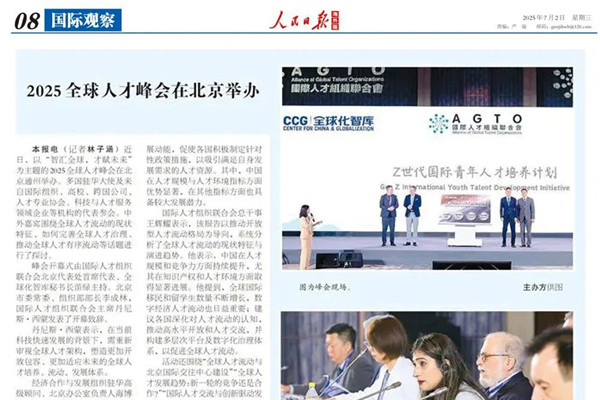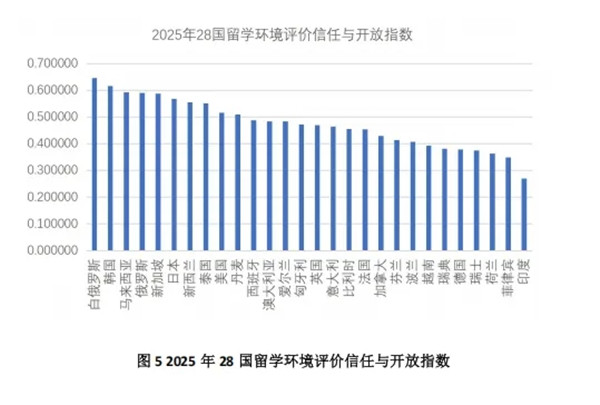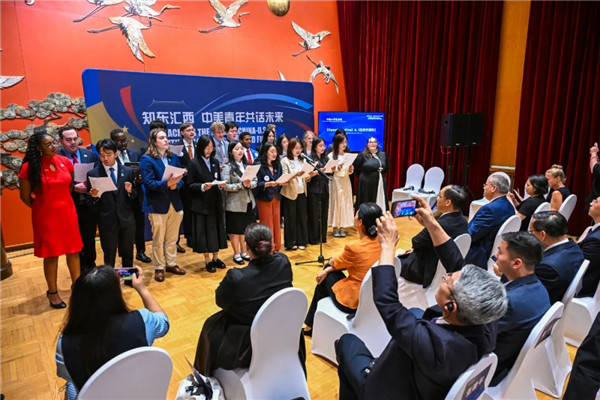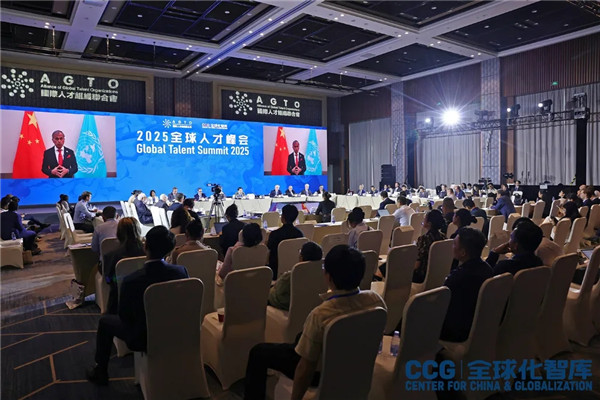【South China Morning Post】Can Beijing use China-US trade dispute to boost economic ties
2018年7月23日With Washington adopting a protectionist stance, China should take the opportunity to develop more free-trade agreements, observers say
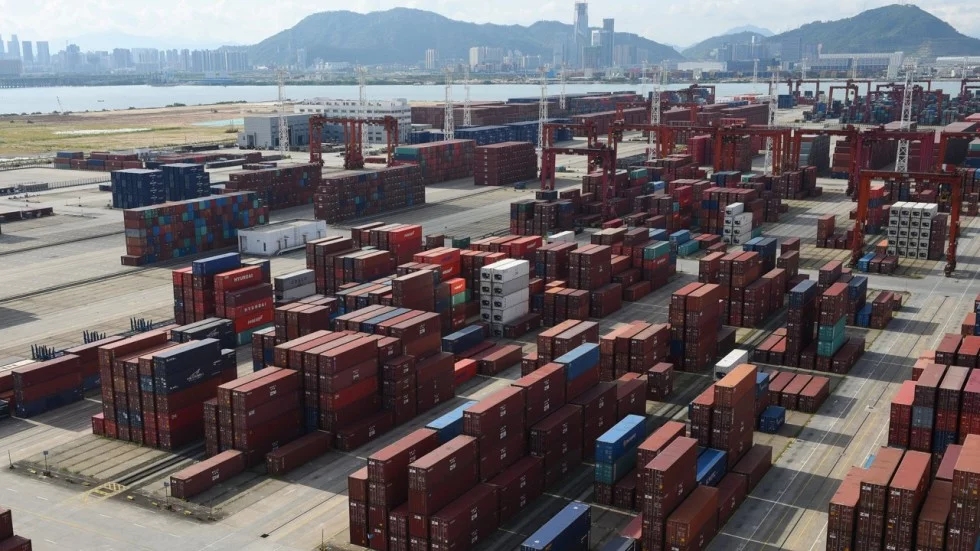
China’s tit-for-tat trade dispute with the United States provides it with the ideal opportunity to push ahead with free-trade agreements with other countries, according to a former senior government official and industry analysts.
“China should accelerate FTA [free-trade agreement] talks to counter the US pressure,” said Wei Jianguo, a former vice-minister for commerce.
“It is also a good time to hold more talks on the Regional Comprehensive Economic Partnership [RCEP] to cement China’s influence within the multilateral trade arrangement.”
The dispute with the US shows that China needs “high-level” free-trade talks on both its goods and services sectors, said Wei, who was involved in the negotiations that led to the creation of a China-New Zealand FTA in 2008.
At the China-European Union summit that ended in Beijing on Monday, the two sides pledged to work more closely to defend the global trading system, accelerate talks on the creation of an investment treaty and reform the World Trade Organisation.
Tu Xinquan, head of the China Institute for WTO Studies at the University of International Business and Economics in Beijing, said investment and free-trade treaties were needed not only by China but by all countries.
“We need to huddle together to keep warm,” he said.
The EU and Japan would appear to agree, as the two sides signed a free-trade deal this week that will lower the cost of most of the products they trade.
Under President Donald Trump the US has adopted a protectionist stance – withdrawing from the Trans-Pacific Partnership last year, imposing 25 per cent tariffs on imports of steel and cars from its allies, and threatening to leave the North American Free Trade Agreement.
Beijing on the other hand has sought to position itself as an advocate of free trade and globalisation.
Including New Zealand – it’s first Western free-trade partner – China has signed 16 FTAs involving 24 countries and regions. A deal with Georgia that came into effect this year was its first with a Eurasian nation.
It is currently in talks with 13 countries, including Singapore, on upgrading its trade deals, and researching possible agreements with 10 others, including Canada.
Beijing and Ottawa began exploring the possibility of a free-trade deal – which would be China’s first with a Group of Seven country – in 2016, but formal talks have yet to start due to conflicts on the environment, labour and gender issues linked to the latter’s “progressive trade” strategy.
China’s commerce ministry has been keen to finalise more deals this year to mark the 40th anniversary of the country’s reform and opening up.
It said earlier that it hoped to make “substantial progress” on the RCEP, which is among the 10 deals currently being discussed.
Talks on the partnership, which involves China, Japan, South Korea, Australia, New Zealand, India and the 10 members of Association of Southeast Asian Nations, began in late 2012. Progress has been slow, however, with concerns over market openness and industrial protection in India being one of the major stumbling blocks.
Fung Siu, Asia principal economist with the Economist Intelligence Unit, said that with so many countries involved, each with their own viewpoint and demands, reaching consensus on a regional trade pact would not be easy and could take years.
“[Nonetheless] given the [recent] negative trade moves, there is now more drive among the countries involved in the trade pact to reach a conclusion because a lot of them believe that trade globalisation will boost their economic growth potential in the long run,” she said.
Meanwhile, Japanese Prime Minister Shinzo Abe is set to visit Beijing later this year and trade is expected to be a key agenda item. China, Japan and South Korea have been involved in troubled talks on a three-way trade pact since 2012.
Wang Huiyao, president of the Centre for China and Globalisation (CCG), an independent think tank in Beijing, said China should seek to broaden its trade base to reduce its dependence on the US. And as its relations with neighbours India and Japan improved, so too would its interaction with them on trade, he said.
According to official figures, China’s global trade surplus was US$140 billion in the first half of the year, of which US$133.7 billion could be attributed to the US.
“Trade diversification can help China to reduce its reliance on the US,” Wang said. “It shouldn’t put all its eggs in one basket.”
From South China Morning Post,2018-7-19
